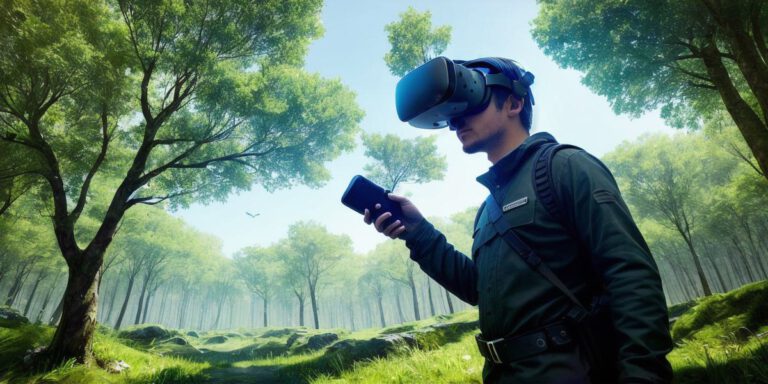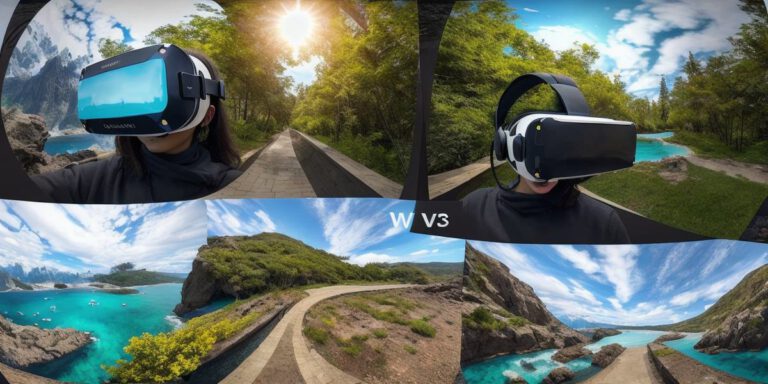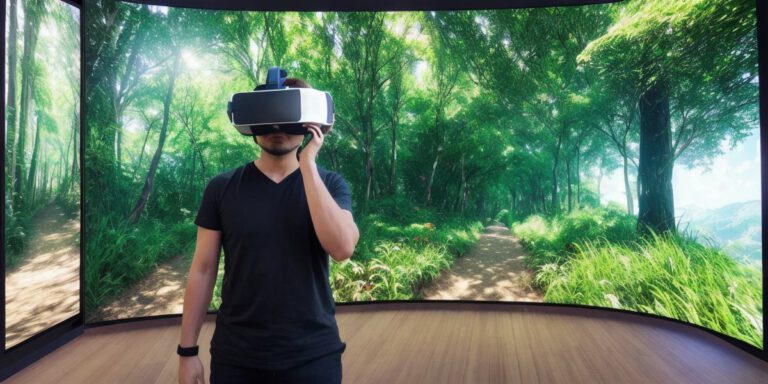VR vs Simulation: What’s the Difference and How Do They Compare?
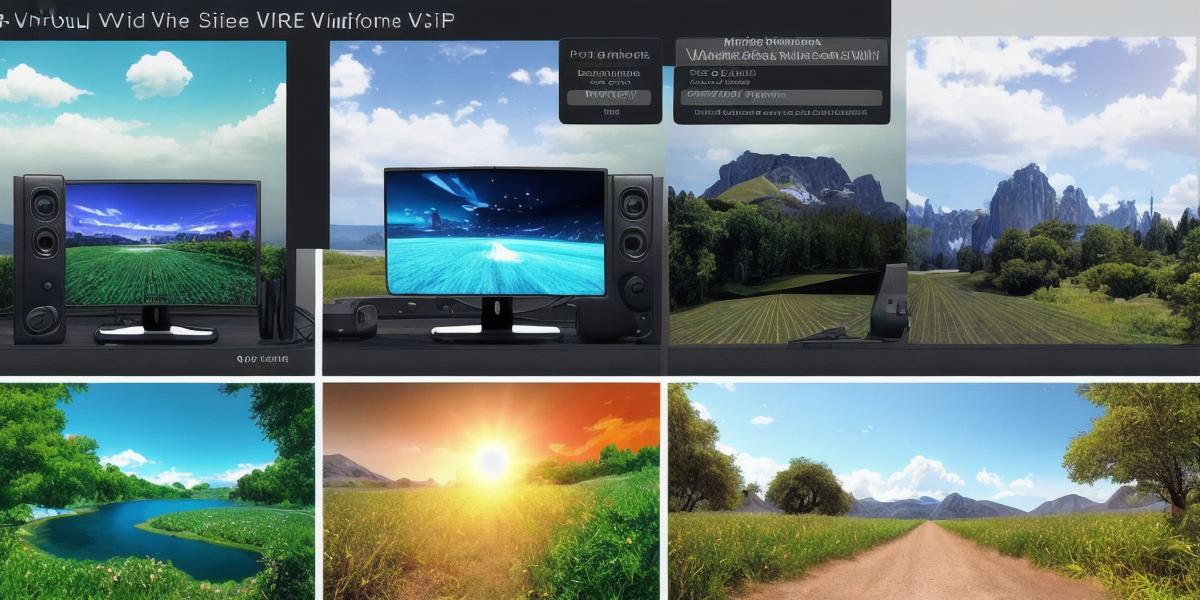
Virtual reality (VR) has taken the world by storm, but some people are still confused about what it is and how it works. One common misconception is that VR is a type of simulation, but this isn’t entirely accurate. In this article, we’ll explore the differences between VR and simulation, as well as their advantages and real-world applications.
What is VR?
Virtual reality is an immersive experience that simulates a 3D environment in real time. It typically involves wearing a headset or goggles that track your movements and adjust the visuals accordingly, creating a sense of presence within the virtual world. VR can be used for a wide range of applications, including gaming, education, training, and therapy.
What is simulation?
Simulation refers to the process of creating a model or representation of a real-world system or scenario in order to study or test it. Simulations can be computer-based or analog, and they are often used to predict outcomes or optimize processes in various fields such as engineering, finance, and healthcare.
Differences between VR and simulation
One key difference between VR and simulation is the level of immersion. While VR creates a fully immersive experience, simulations tend to be more abstract and removed from reality. In addition, VR typically requires specialized equipment such as headsets or goggles, while simulations can be run on standard computers or even with pen and paper.
Advantages of VR and simulation
Both VR and simulation have their own advantages, depending on the specific application. VR is particularly useful for creating highly realistic and immersive experiences that can help people better understand complex concepts or situations. For example, architects can use VR to walk through a building and see how it will look and feel in real life, while surgeons can practice procedures in a safe and controlled environment.
Simulation, on the other hand, is often used for more analytical tasks such as testing hypotheses or optimizing systems. By creating a model of a real-world scenario, researchers and engineers can test different variables and see how they interact without risking human lives or resources.
Real-world applications of VR and simulation
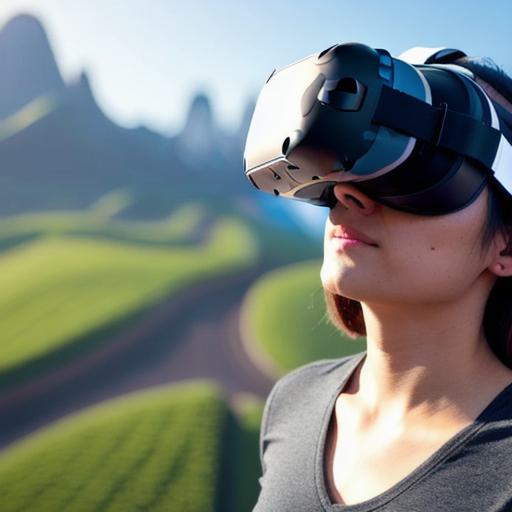
Both VR and simulation are being used in a wide range of industries, from gaming to healthcare. In gaming, VR has been used to create highly immersive experiences that transport players into new worlds and allow them to interact with virtual characters in unprecedented ways. In healthcare, VR is being used for training purposes, allowing doctors and nurses to practice procedures in a safe and controlled environment. Simulation is being used in fields such as finance and logistics to optimize processes and predict outcomes.
Conclusion
While VR and simulation are often used interchangeably, they have distinct differences and advantages depending on their application. VR is particularly useful for creating highly immersive experiences that can help people better understand complex concepts or situations, while simulation is often used for more analytical tasks such as testing hypotheses or optimizing systems. Both technologies are being used in a wide range of industries, from gaming to healthcare, and will continue to evolve and expand in the future.
